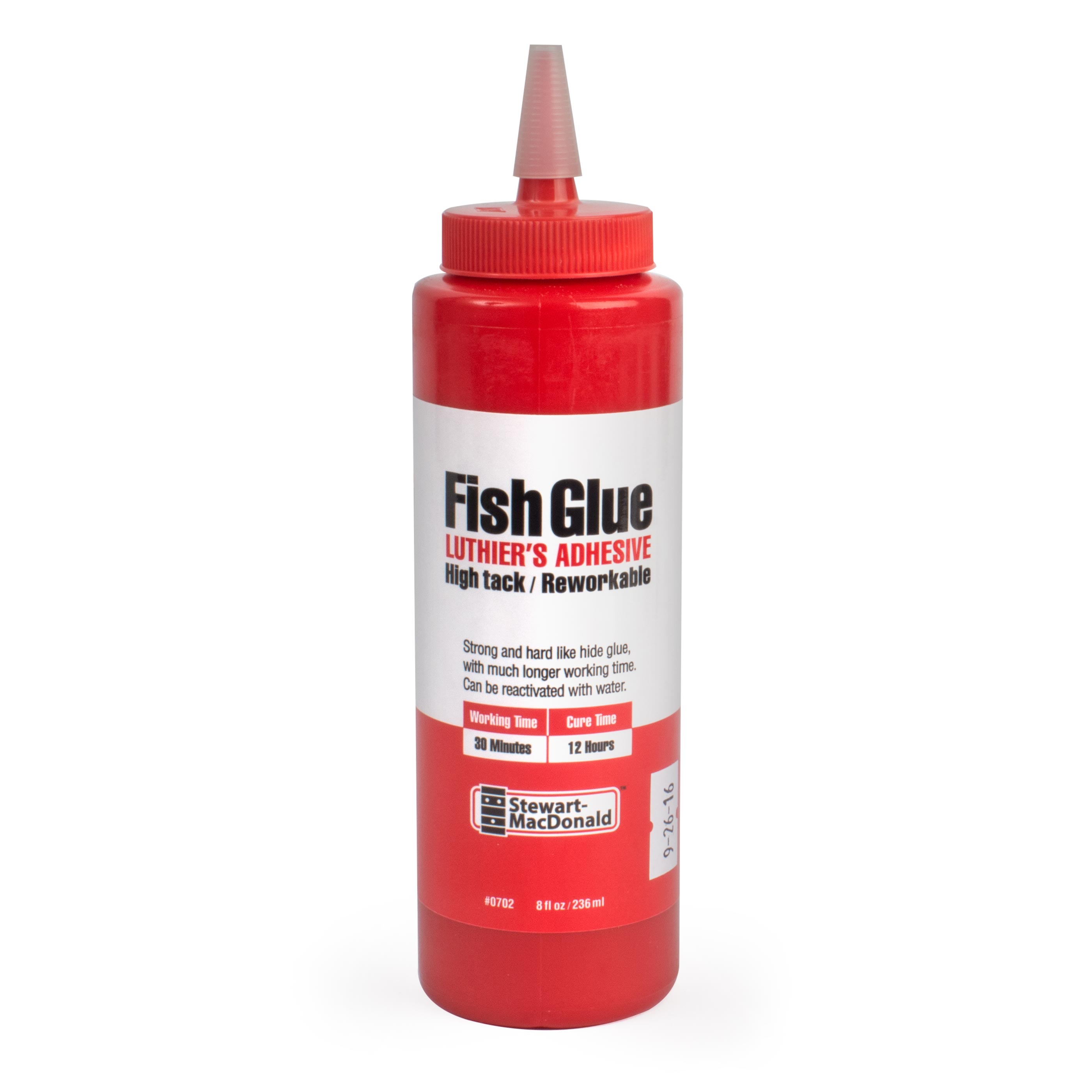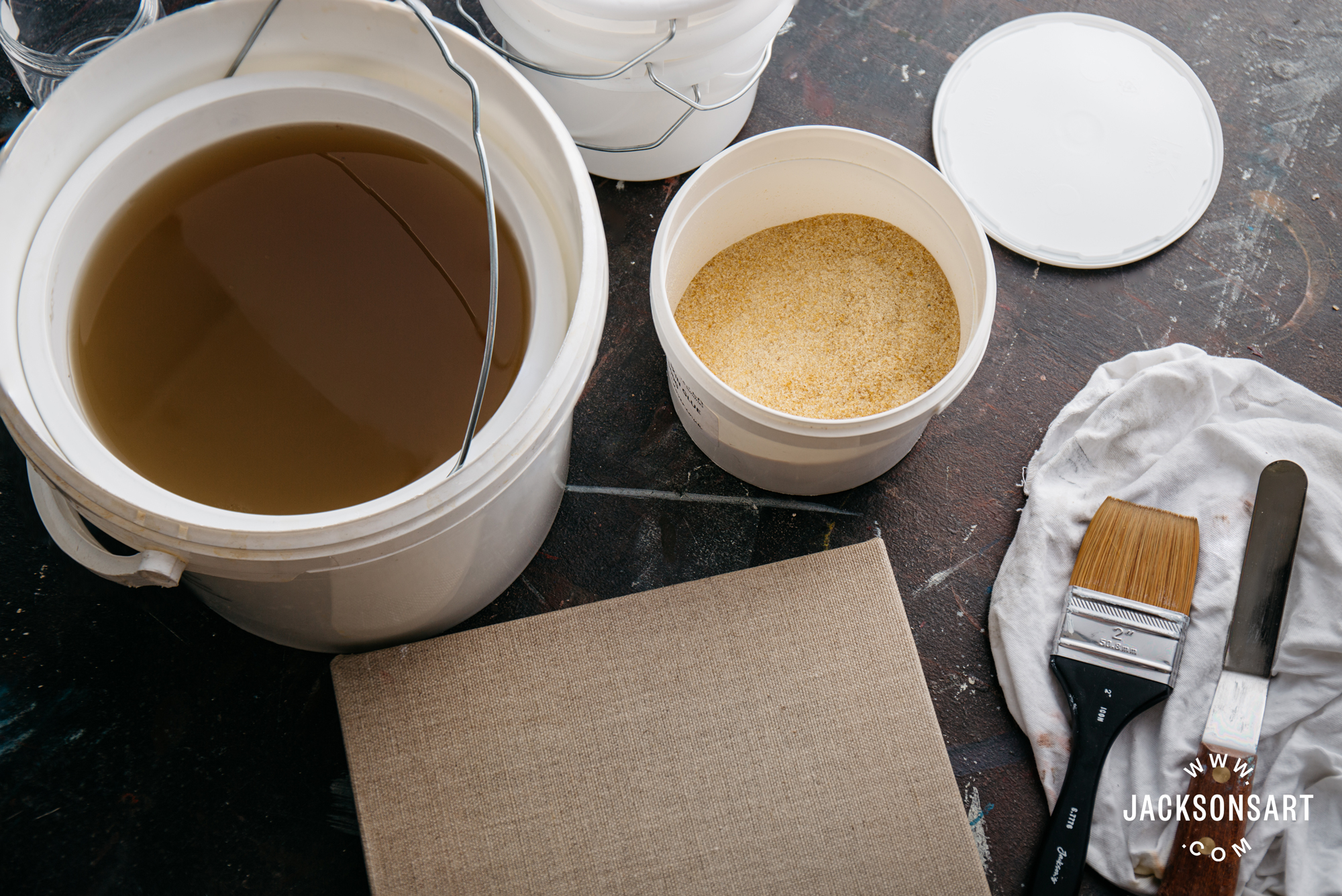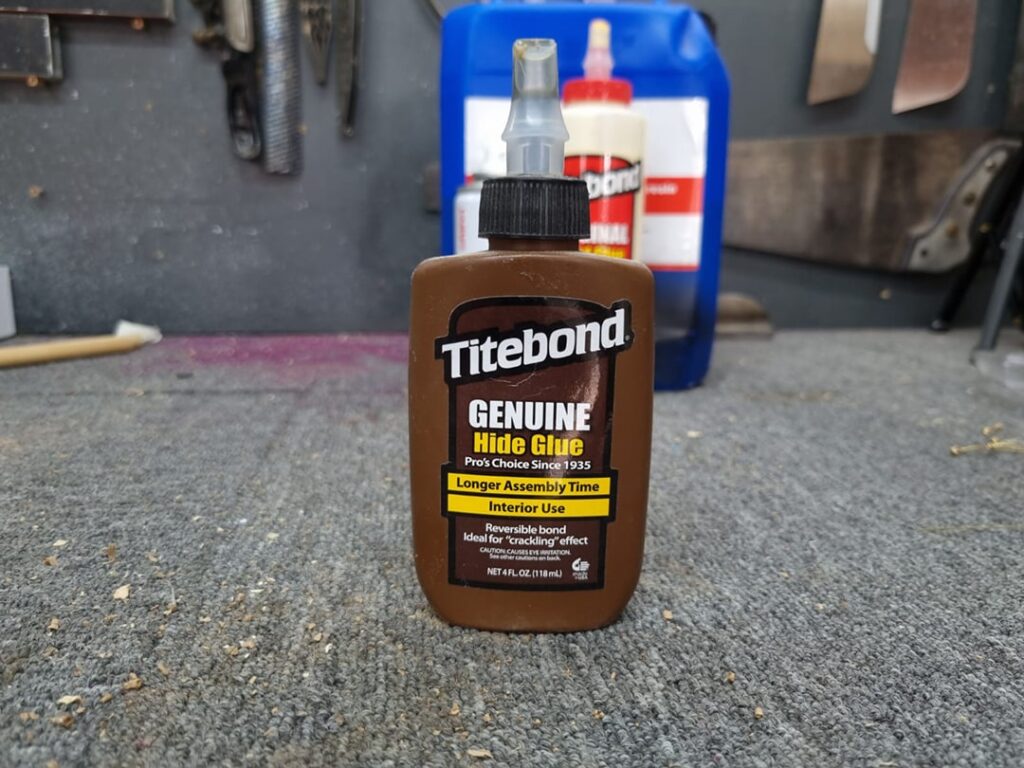Fish glue and hide glue both are natural adhesives used in woodworking and craft projects. Fish glue is derived from fish bladders, while hide glue is made from animal hides.
Both glues have strong bonding properties and are commonly used for furniture making and instrument building. Fish glue offers a faster drying time and is less affected by humidity compared to hide glue. On the other hand, hide glue is known for its exceptional strength and durability.
Understanding the differences between these two types of glue can help you choose the most suitable option for your specific project needs. Let’s delve deeper into the unique characteristics and applications of fish glue and hide glue.
The Basics Of Fish Glue
Fish glue and hide glue are two types of adhesives that have been used for centuries. Fish glue, also known as fish gelatin or isinglass, is derived from the collagen found in the skin, bones, and swim bladders of fish. It has a long history of use in various industries, including woodworking, bookbinding, and gilding.
Historically, fish glue has been highly regarded for its excellent adhesive properties and ability to create strong bonds. It has been used in the production of musical instruments, such as violins and guitars, due to its ability to enhance sound quality. Additionally, it has been employed in the restoration of antique furniture and paintings.
Hide glue, on the other hand, is made from the collagen found in animal hides and bones. It has been widely used in woodworking and furniture making. Both fish glue and hide glue have their own unique characteristics and applications, and the choice between the two depends on the specific requirements of the project at hand.
Fish glue is made by extracting collagen from fish tissues through a process of heating and boiling. The collagen is then purified and processed into a sticky adhesive substance. Hide glue is produced by soaking animal hides and bones in water, followed by heating and filtering to obtain a gelatinous glue solution.
The Basics Of Hide Glue
The historical use of hide glue dates back to ancient civilizations, where it was commonly employed as an adhesive for various applications. This natural adhesive is derived from animal collagen, particularly from the skin, bones, and connective tissues of animals. The manufacturing process involves the extraction of collagen through a series of boiling and refining techniques, resulting in a strong and versatile adhesive with excellent bonding properties.
On the other hand, fish glue has been utilized for centuries in Asian cultures, especially in Japan. It is derived from the swim bladders of certain fish species and is known for its exceptional clarity and strength. The manufacturing process typically involves meticulous preparation and extraction methods to ensure the purity and effectiveness of the adhesive.
Comparing Composition
When comparing Fish Glue and Hide Glue, one important factor to consider is their protein content. Fish Glue, as the name suggests, is derived from fish collagen, which gives it a high protein content. On the other hand, Hide Glue is made from animal hides and also contains a significant amount of protein.
Now let’s delve into their adhesive properties. Fish Glue has excellent adhesive strength due to its high protein content, making it suitable for applications that require strong bonding. It is commonly used in woodworking and bookbinding. Hide Glue, although it has a lower protein content compared to Fish Glue, still provides good adhesion. It is often used in musical instrument making and furniture restoration.
| Comparison | Fish Glue | Hide Glue |
|---|---|---|
| Composition | Derived from fish collagen | Made from animal hides |
| Protein Content | High | Significant |
| Adhesive Properties | Excellent adhesive strength | Good adhesion |

Application Techniques
Fish glue and hide glue are used in a variety of applications. In woodworking, hide glue is commonly used for furniture and instrument making due to its strong bond and reversible properties. It is applied by heating the glue and then clamping the pieces together until dry. On the other hand, fish glue is preferred for delicate woodworking tasks such as marquetry and veneering due to its clarity and quick drying time. In bookbinding, hide glue is favored for its durability and flexibility, making it suitable for binding books and securing spines. Fish glue, with its fast setting time and transparent finish, is commonly used for delicate paper repairs and restoration work.
Strength And Durability
Fish Glue and Hide Glue are known for their strength and durability in various applications. While Fish Glue offers flexibility and resistance to moisture, Hide Glue provides superior bonding for woodworking and musical instruments. Both options have unique qualities that cater to specific needs.
| Fish Glue | Hide Glue |
|---|---|
| Derived from fish collagen | Derived from animal hides |
| High tensile strength | Good tensile strength |
| Moisture-resistant | Less moisture resistance |
Setting Time And Usability
When considering setting time and usability, Fish Glue and Hide Glue offer distinct advantages. Fish Glue sets quickly, making it ideal for quick projects, while Hide Glue provides a stronger bond and is more versatile in various applications. Understanding the differences can help in choosing the most suitable option for specific woodworking needs.
| Fish Glue | Hide Glue |
| Setting time is fast, ideal for quick projects. | Setting time is slower, allowing for more adjustments. |
| Working time is shorter, requires swift application. | Working time is longer, providing flexibility in usage. |
| Ease of use depends on project speed requirements. | Ease of use offers more control due to extended working time. |
Environmental Impact
Fish glue and hide glue both have an environmental impact. Fish glue is considered more sustainable as it utilizes fish waste, while hide glue is derived from animal hides, contributing to the demand for animal products. It’s important to consider these factors when choosing between the two for environmentally conscious projects.
| Environmental Impact |
| Sustainability: Fish glue is sourced from fish skins and bones, making it a sustainable choice. In contrast, hide glue is derived from animal hide and connective tissues. Biodegradability: Fish glue is biodegradable and eco-friendly when disposed, minimizing environmental impact. |

Choosing The Right Glue For Your Project
Choosing the right glue for your project can make a world of difference. When it comes to fish glue vs hide glue, it’s important to consider factors like drying time, strength, and compatibility with different materials. Make an informed decision based on the specific requirements of your project for optimal results.
| Fish Glue | Hide Glue |
| Derived from fish collagen, clear, flexible. | Traditional adhesive, strong, reversible. |
| Preferred for delicate artworks, paintings. | Commonly used in woodwork, furniture. |
| Good for paper, textile projects. | Best for antique restoration purposes. |

Frequently Asked Questions
What Is Fish Glue?
Fish glue, also known as isinglass, is a type of adhesive made from the swim bladders of fish. It has been used for centuries in woodworking, bookbinding, and musical instrument making.
What Is Hide Glue?
Hide glue, also known as animal glue, is a type of adhesive made from the collagen found in animal hides and bones. It has been used for centuries in woodworking, furniture making, and other crafts.
What Are The Differences Between Fish Glue And Hide Glue?
The main difference between fish glue and hide glue is their source. Fish glue is made from fish swim bladders, while hide glue is made from animal hides and bones. Another difference is their properties – fish glue tends to be stronger and more elastic, while hide glue is more brittle and dries faster.
Which Glue Is Better For Woodworking?
Both fish glue and hide glue have been used in woodworking for centuries. However, some woodworkers prefer fish glue for its strength and elasticity, while others prefer hide glue for its fast drying time and ease of use.
Conclusion
Both fish glue and hide glue have their unique properties and advantages. Fish glue is a great alternative for those who prefer a more sustainable option, while hide glue is perfect for traditional woodworking. Ultimately, the choice between the two depends on personal preference and the specific project needs.
Regardless of which glue you choose, always ensure proper application and storage for optimal results.

